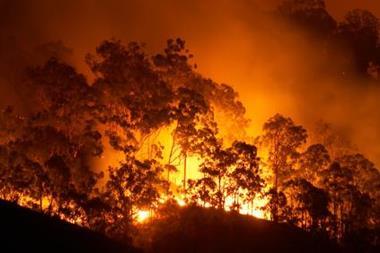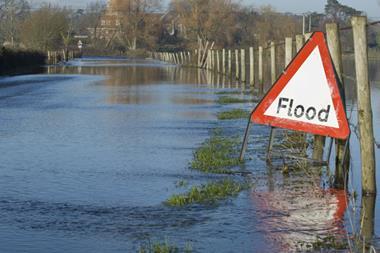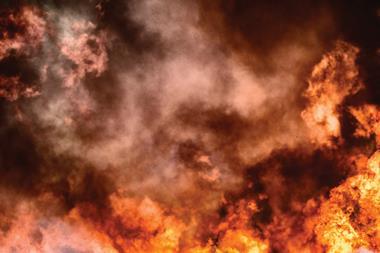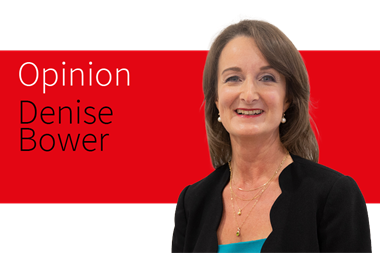A quarter of the world’s power generation capacity and 26% of international port outflows are currently at risk of flooding, finds Marsh McLennan
Marsh McLennan released its updated Flood Risk Index 2.0, which maps how a changing climate will shape flood risk in the future.
Flooding is the most pervasive natural disaster, yet its costs are routinely underestimated. Climate change, economic and demographic trends, and a chronic shortfall in investment in resilience are combining to drive risk higher.
The Flood Risk Index includes risk scores for 180 countries in present-day conditions and in 1.5 °C, 2 °C and 3.5 °C warming scenarios.
The Index shows that a 3. 5°C warming would lead to a dramatic increase in flood risk globally, and that even limiting temperature rise to 1.5 or 2°C would substantially worsen the threat of flooding.
According to the Index:
- In Australia, 30% of the population and 28% of economic assets are at risk in present-day conditions, with a 2°C warming expected to increase these percentages to 49% and 52%, respectively.
- In Germany, 6% of the population and 6% of economic assets are currently at risk, while in a 2°C scenario, 16% of people and 17% of assets would be threatened by flooding.
- In the US, 11% of the population and 11% economic assets are currently exposed to flooding. In a 2°C scenario, these percentages will increase to 24% and 27%, respectively.
- In 2 °C warming scenario, India will be the G20 country facing the highest level of flood hazard, and South Korea will have the largest share of its population and economic assets exposed to flooding.
Given the propensity of large infrastructure projects to be situated near bodies of water, the Index now includes information about the global distribution of these critical assets.
According to Marsh McLennan’s estimates, 23% of the world’s power generation capacity, 26% of international port outflows, and 18% of international airport seats are currently at risk of flooding. A 2 °C warming would cause these percentages to rise to 41%, 52%, and 37%, respectively.




















No comments yet